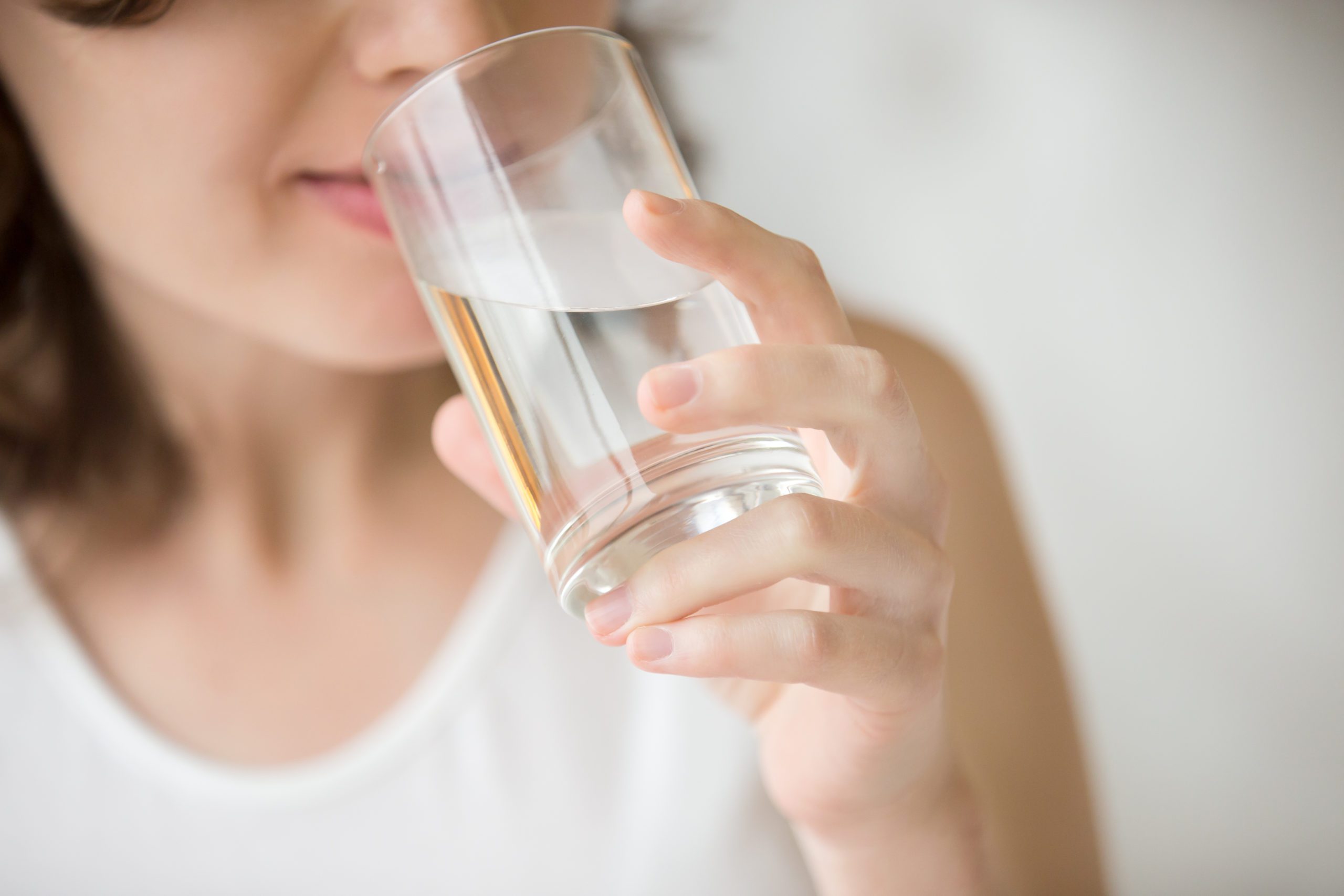
A group at Stanford University state they have actually developed a low-cost, recyclable powder that eliminates countless waterborne germs per 2nd when exposed to regular sunshine.
The discovery of this ultrafast disinfectant, they recommend, might be a considerable advance for almost 30 percent of the world’s population without any access to safe drinking water. Their outcomes are released in a Might research study in Nature Water
” Waterborne illness are accountable for 2 million deaths every year, the bulk in kids under the age of 5,” stated research study co-lead author Tong Wu, a previous postdoctoral scholar of products science and engineering (MSE) in the Stanford School of Engineering “Our company believe that our unique innovation will assist in advanced modifications in water disinfection and influence more developments in this amazing interdisciplinary field.”
Traditional water-treatment innovations consist of chemicals, which can produce poisonous by-products, and ultraviolet light, which takes a reasonably very long time to decontaminate and needs a source of electrical energy.
The brand-new disinfectant established at Stanford is a safe metal powder that works by taking in both UV and high-energy noticeable light from the sun. The powder includes nano-size flakes of aluminum oxide, molybdenum sulfide, copper, and iron oxide.
” We just utilized a small quantity of these products,” stated senior author Yi Cui, the Fortinet Creators Teacher of MSE and of Energy Science & & Engineering in the Stanford Doerr School of Sustainability “The products are low expense and relatively plentiful. The essential development is that, when immersed in water, they all work together.”
” Quick, nontoxic, and recyclable”
After taking in photons from the sun, the molybdenum sulfide/copper driver carries out like a semiconductor/metal junction, making it possible for the photons to remove electrons. The released electrons then respond with the surrounding water, creating hydrogen peroxide and hydroxyl radicals– among the most biologically harmful types of oxygen. The recently formed chemicals rapidly eliminate the germs by seriously harming their cell membranes.
For the research study, the Stanford group utilized a 200 milliliter [6.8 ounce] beaker of room-temperature water infected with about 1 million E. coli germs per mL [.03 oz.].
” We stirred the powder into the infected water,” stated co-lead author Bofei Liu, a previous MSE postdoc. “Then we performed the disinfection test on the Stanford school in genuine sunshine, and within one minute no live germs were found.”
The grainy nanoflakes can move rapidly, make physical contact with a great deal of germs and eliminate them quickly, he included.
The chemical by-products created by sunshine likewise dissipate rapidly.
” The life time of hydrogen peroxide and hydroxy radicals is extremely brief,” Cui stated. “If they do not right away discover germs to oxidize, the chemicals break down into water and oxygen and are disposed of within seconds. So you can consume the water right now.”
The nontoxic powder is likewise recyclable. Iron oxide makes it possible for the nanoflakes to be eliminated from water with a normal magnet. In the research study, the scientists utilized magnetism to gather the exact same powder 30 times to deal with 30 various samples of infected water.
” For hikers and backpackers, I might picture bring a small quantity of powder and a little magnet,” Cui stated. “Throughout the day you put the powder in water, shake it up a bit under sunshine and within a minute you have drinkable water. You utilize the magnet to get the particles for later usage.”
The powder may likewise work in wastewater treatment plants that presently utilize UV lights to decontaminate cured water, he included.
” Throughout the day the plant can utilize noticeable sunshine, which would work much faster than UV and would most likely conserve energy,” Cui stated. “The nanoflakes are relatively simple to make and can be quickly scaled up by the heap.”
The research study concentrated on E. coli, which can trigger extreme intestinal health problem and can even be deadly. The U.S. Epa has actually set the optimum contaminant-level objective for E. coli in drinking water at absolutely no The Stanford group state they prepare to evaluate the brand-new powder on other waterborne pathogens, consisting of infections, protozoa, and parasites that likewise trigger severe illness and death.